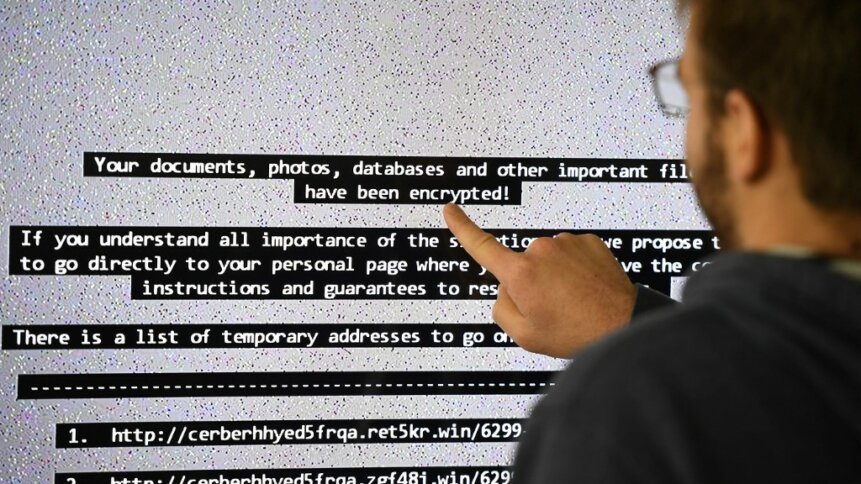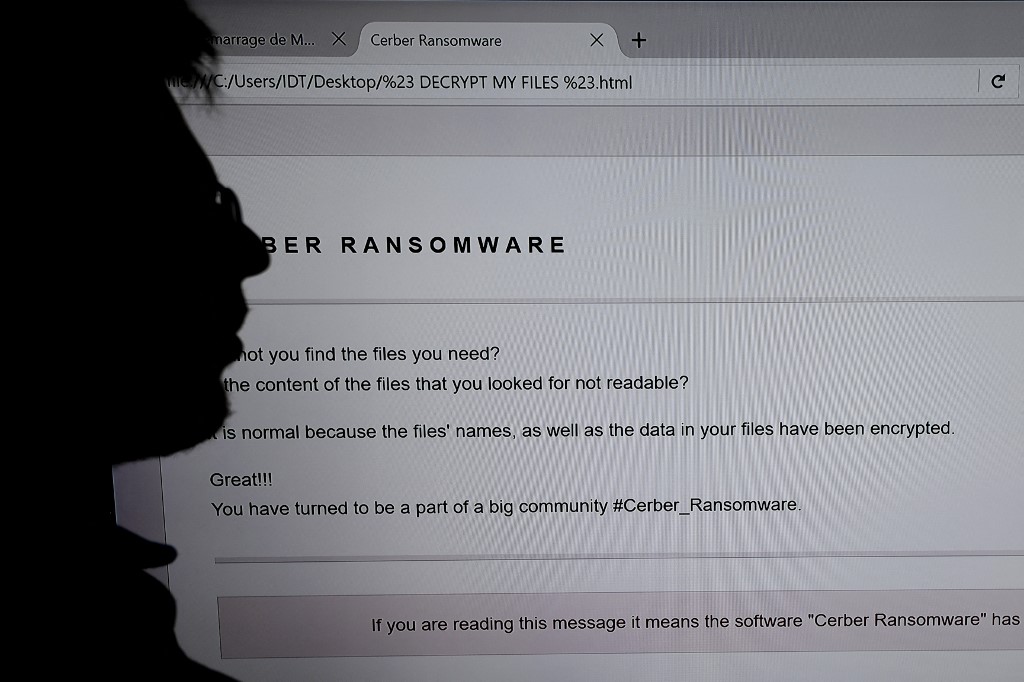Cybersecurity automation making headway for distributed enterprises

Workforce talent today is more distributed than ever before. The rapid onset of remote and hybrid working arrangements has aligned with the current caliber of digital tools available globally. Innovative tech allows for teams and partners to collaborate remotely– but as teams become increasingly spread out, the cybersecurity risks are growing too, and automation is looking like the surest innovation to complement the organization’s security strategy.
Organizations’ comfort levels with automation in cybersecurity are also rising, and many are implementing it across the various layers of their security plan, according to the 2022 State of Cybersecurity Automation Adoption. This year’s report from leading security operations platform innovator ThreatQuotient found that over 84% of firms now place some trust in automated outcomes, up significantly from the 59% who expressed confidence in 2021.
Of the 750 cross-industry cybersecurity professionals from the US, UK and Australia who took part in the survey, the vast majority (98%) said their company was ramping up automation spending. Many respondents pointed out that the increased budget was often offset by other unused or reallocated disbursements from other departments. For instance, 30% said the cybersecurity automation spending hike resulted from unspent headcount budget allocations.
The cybersecurity areas to most harness automation would be advanced threat detection and incident response at 26.5% of survey respondents, followed closely by phishing analysis (26%) and vulnerability management (25%). Highly advanced, evasive threats keep evolving and becoming more sophisticated, so the only way to keep ahead is to harness the strengths of automation informed by artificial intelligence and machine learning – staying one step ahead.

(Photo by DAMIEN MEYER / AFP)
Back in the 2021 survey, more than a third (37%) of cybersecurity specialists were already focusing on automation for key processes, but nearly half (45%) were only targeting to automate by 2022. With that 45% now undergoing process changes, reported concerns have evolved to more practical considerations of leveraging no-code or low-code solutions to simplify key implementations in platform-agnostic or legacy system environments – making automated solutions more accessible to a larger talent pool in the company to overcome stumbling blocks.
A clearer picture
“ThreatQuotient commissioned this survey to gain a clearer picture of the state of IT security automation and adoption, and understand what is either accelerating or slowing automation in the UK, US and Australia. We are encouraged and intrigued by the 2022 results compared to the 2021 study,” noted Leon Ward, the Vice President of Product Management at ThreatQuotient, who commissioned the survey, undertaken by the independent research organization, Opinion Matters.
One of the integral concerns was convincing management of the benefits of automated core solutions. Heads of IT security solutions and/or architecture reported the most problems convincing the boardroom to adopt innovative solutions: 37% in contrast to 19% of other positions.
However, over half (62%) of the organizations surveyed judged themselves to be exploring at least some use cases for cybersecurity automation. This is noteworthy for the practical strides many enterprises have made to both adopt digital solutions and to leverage them in a way that advocates for both business and customer data security and protection.
Automating for protection
“Cybersecurity automation acts as a foundation to support the protection of the fast-evolving security frontiers of tomorrow. While the research shows that organizations have certainly made progress over the last year when using automation to manage routine work and improve overall cybersecurity maturity, many teams still report challenges with automation,” explained Ward. “ThreatQuotient’s goal is to further the industry’s understanding of where cybersecurity automation brings the most benefit.”









